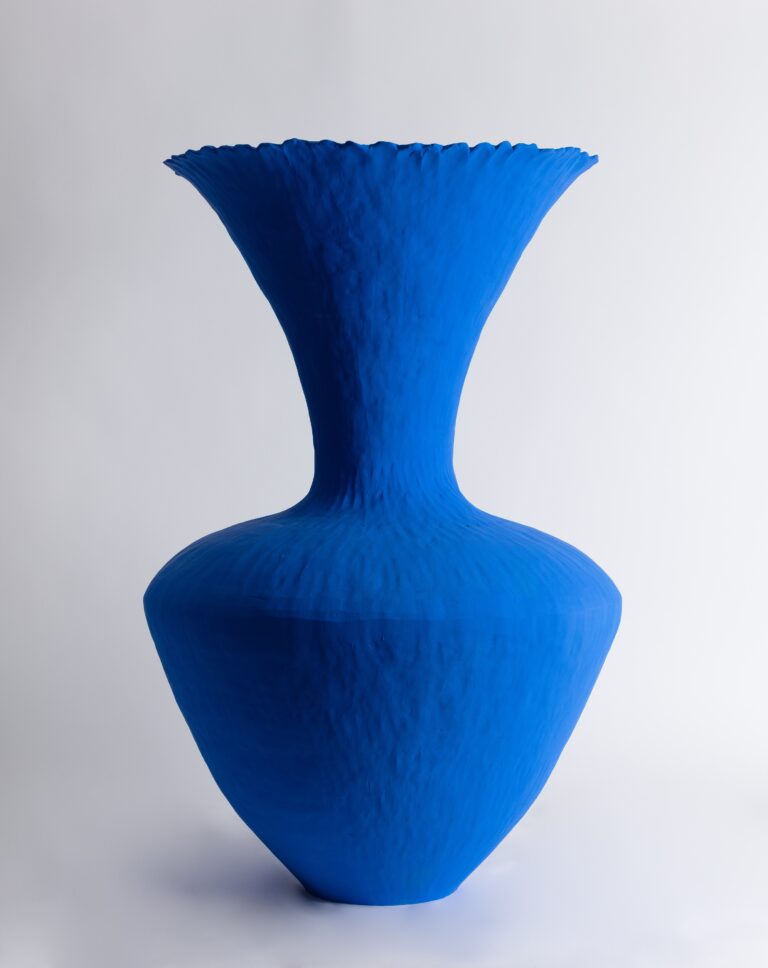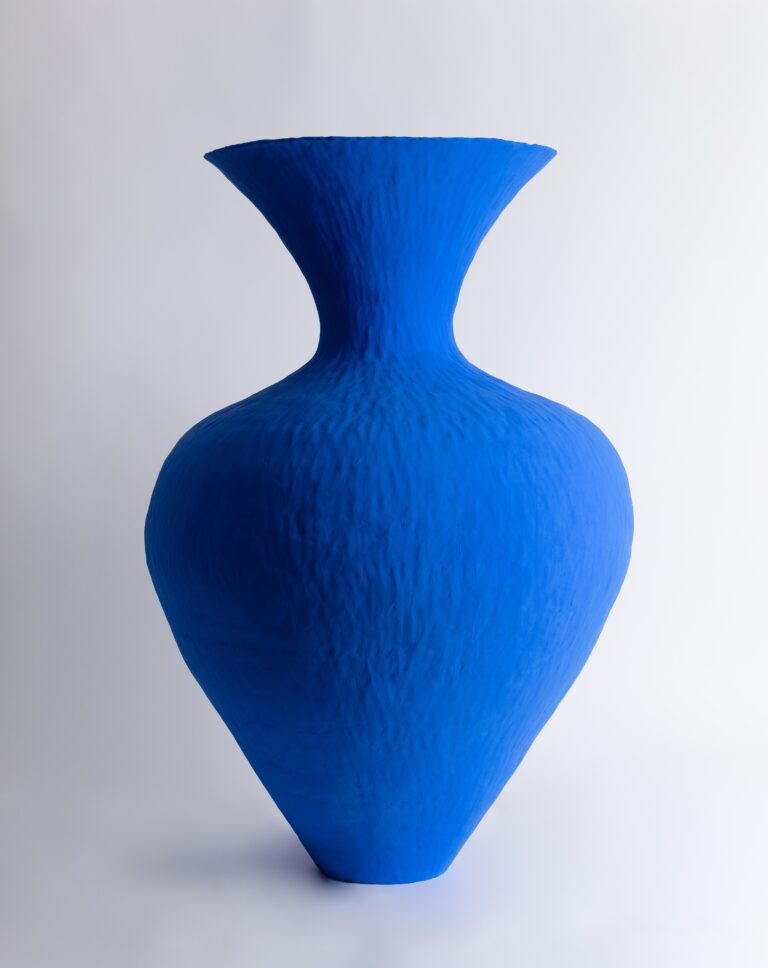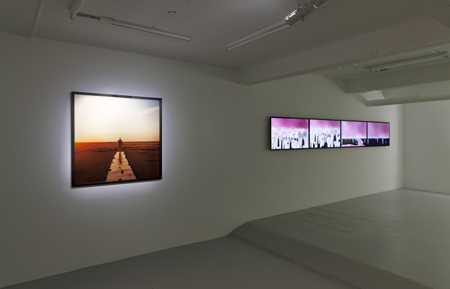
“The Visceral Garden” takes a darker turn. To create this work Willoughby used macro photography of tissue specimens that mirror her own medical history – lungs constricted by asthma, nephrotic kidneys with blood vessels knitted together, compromised parathyroid, bone and immune system, the list continues as the collaborative nature of the body is unveiled. Willoughby collaborates extensively with other artists in the realisation of her works -choreographers, sculptors, video and sound artists. In this way her practice enacts the kinds of collaborations that sustain life, those from organ to organ and cell to cell, in which decisions are made during molecular conversations in the rapidly unfolding conditions of the now. The body constantly emerges based on these decisions and, like a work of art, their cumulative effect determines the shape of our selfhood.
However like life, death also emerges. Death is not a moment but an extended durational process. Life and death are folds that perpetually fall into and through each other. The shuffle between life and death takes place inside all of us in ways we are rarely aware of. For Willoughby this shuffle is explicit and deconstructed – Willoughby has seized the insights her condition of being have offered up and, faced with the daily struggle to reconcile the irreconcilable – illness and recovery, wellness and unwellness, rejuvenation and decline – he performs the alchemical transformation of despair into gold, or at least works of art that arrest with the force of the questions they prompt and go to the heart of what the creative act is capable of, its political agency and its ontological significance.
Helen Pynor (originally published in ‘Fluid Threats: Notes on the Work of John A Douglas’ for Body Fluid II (redux) for Performance Space, Carriageworks and ISEA 2O13)










































